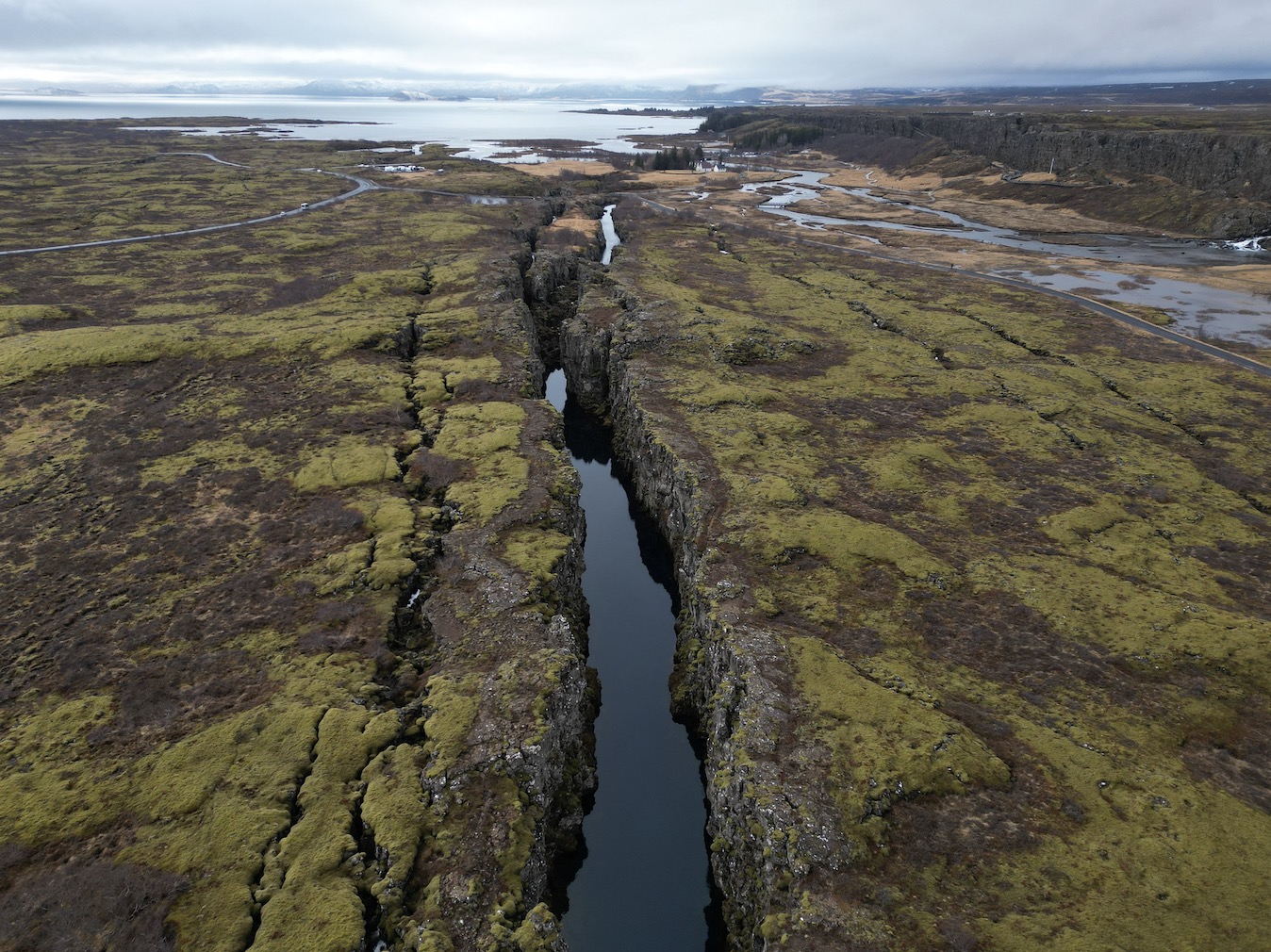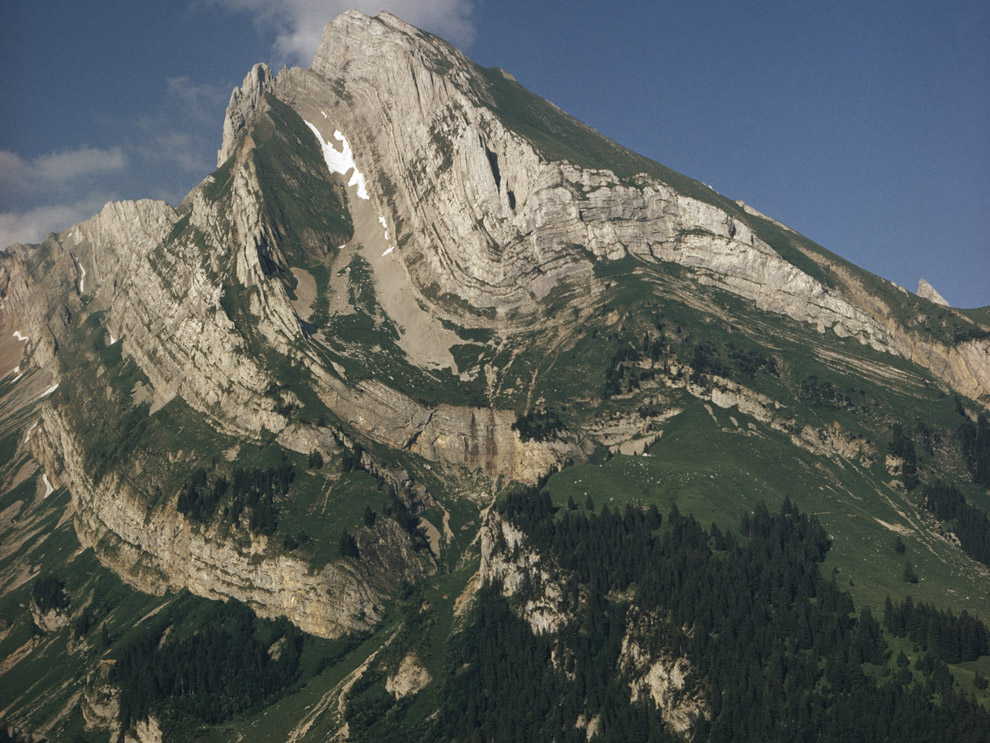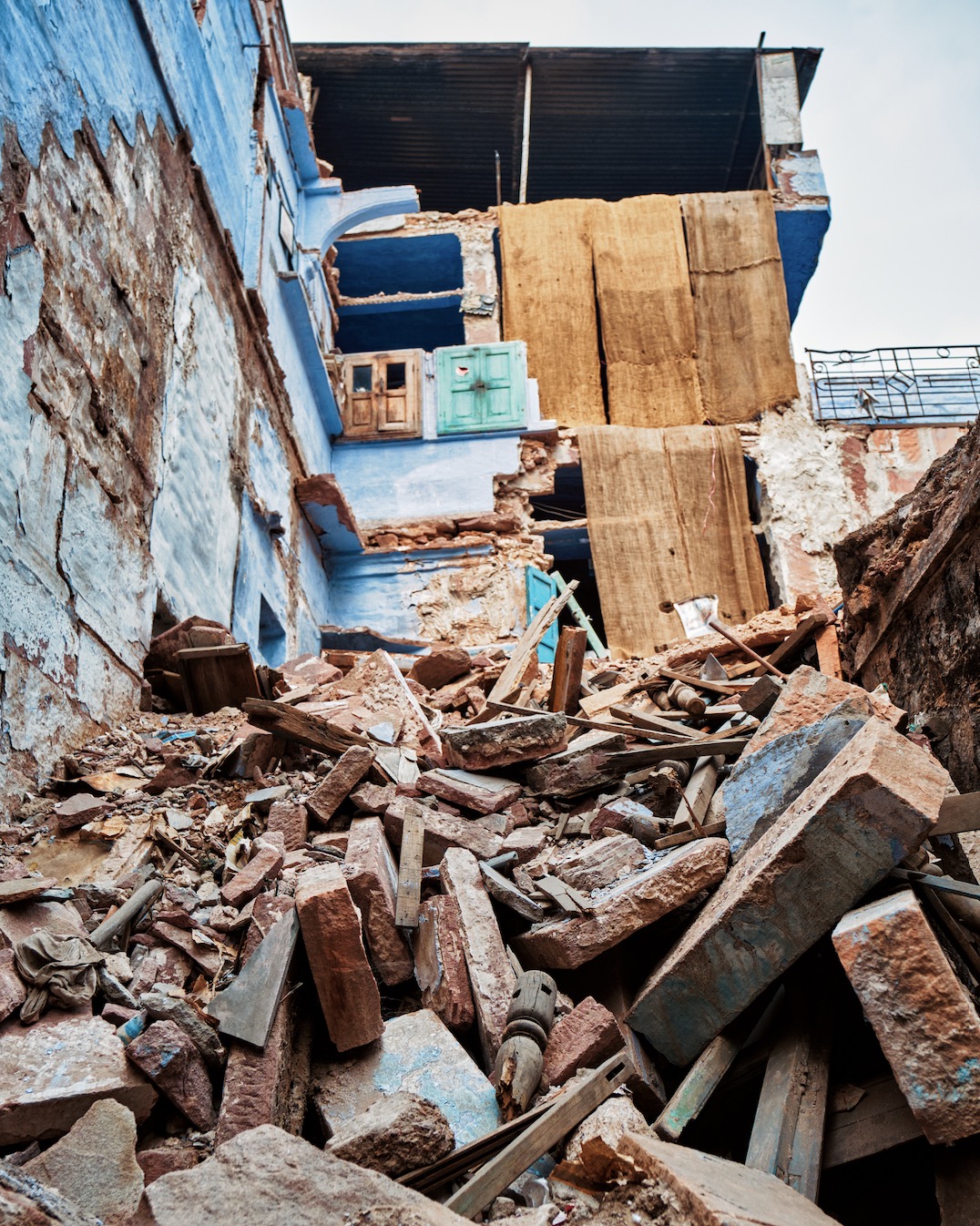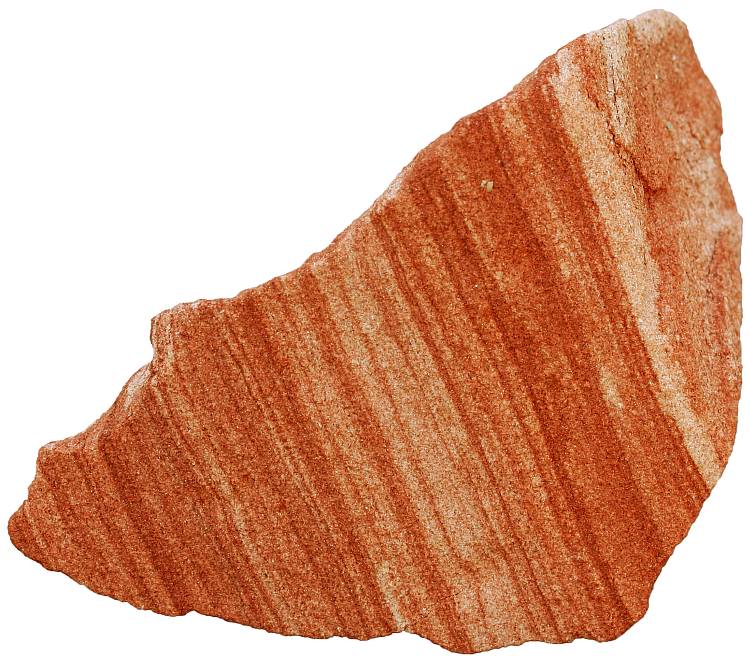What Are the 6 Effects of Desertification? The six effects of desertification are: What Are the 6 Effects of Desertification? Desertification is a significant...
The name of the plate on either side of the plate boundary that runs along the west coast of South America
The plate boundary along the west coast of South America is primarily defined by the interaction between two major tectonic plates:
- The Nazca Plate: Located to the west, this oceanic plate is moving eastward towards South America.
- The South American Plate: Located to the east, this continental plate covers the continent of South America.
These two plates meet along the west coast, leading to significant geological activity, including the formation of the Andes mountain range and frequent earthquakes due to their convergent boundary.
Certainly, let’s delve deeper into the characteristics and dynamics of the Nazca Plate and the South American Plate:
The Nazca Plate
- Type and Location: The Nazca Plate is an oceanic tectonic plate located in the eastern Pacific Ocean. It is situated west of the South American continent.
- Movement: This plate is moving eastward towards South America at a rate of about 40 to 70 millimeters per year. The movement is driven by the spreading center in the Pacific Ocean (the East Pacific Rise) that creates new oceanic crust, pushing the Nazca Plate towards the continent.
- Interactions: As the Nazca Plate converges with the South American Plate, it is forced under the continental plate in a process known as subduction. This occurs along the Peru-Chile Trench, a deep oceanic trench that marks the location of this convergent boundary.
- Geological Effects: The subduction of the Nazca Plate has profound geological impacts, including the formation of the Andes Mountains, volcanic activity along the Andean Volcanic Belt, and frequent seismic events (earthquakes).
The South American Plate
- Type and Location: The South American Plate is a continental tectonic plate that includes the continent of South America and a large portion of the Atlantic Ocean floor to the eastern and northeastern coasts of the continent.
- Movement: This plate moves westward relative to the Nazca Plate at a slower pace, generally about 10 to 20 millimeters per year. This movement is part of the complex interactions it has with surrounding plates, including the Nazca Plate to the west and the African Plate to the east.
- Interactions: The South American Plate’s interaction with the Nazca Plate at the Peru-Chile Trench is a defining feature. The continental nature of the South American Plate means that it does not subduct easily, leading to the crumpling and uplift that forms the Andes.
- Geological Effects: In addition to mountain building, the interaction between the South American and Nazca Plates leads to significant seismic and volcanic activity. The pressure and friction at the boundary create conditions for earthquakes, while the melting of the subducted Nazca Plate beneath the continental crust fuels the volcanoes along the Andean margin.
These plates and their interactions are central to the geological dynamism observed along the west coast of South America, influencing not only the physical landscape but also the risks and natural phenomena experienced in the region.







